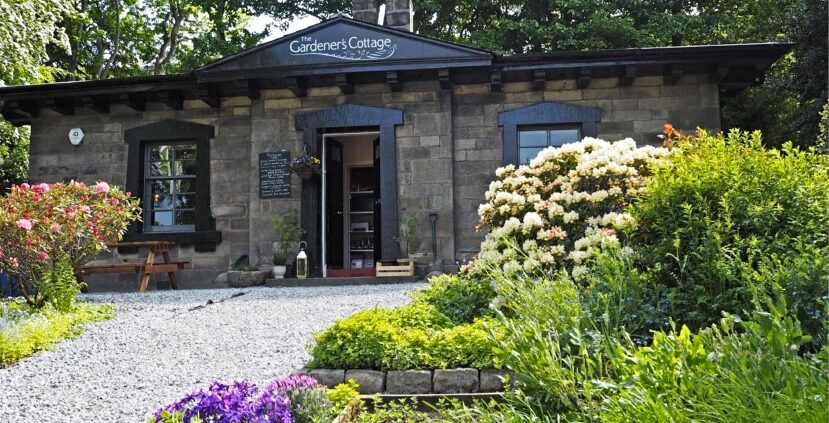
Recently voted the best city to live in in the world, it is no surprise that Edinburgh’s streets are often thronged with people. Tourists eager to take in the history and sights flock to the Scottish capital in all different times of year. They are blameless in their desire to experience such a vibrant place. Yet, one would be forgiven for wishing to escape the crowds from time-to-time. Within this buzzing city, one restaurant offers a break from the frenzied energy of urban living. The Gardener’s Cottage serves a glimpse of the tranquil countryside, serving up farm to table cuisine that changes with the seasons.
The Gardener’s Cottage uses home-grown and locally sourced produce to create high-quality dishes steeped in the traditions of Scottish cuisine. With an ever-changing set menu, the team here is dedicated to cooking with and serving only the freshest offerings of the Scottish landscape. This means that nothing out-of-season ever appears on the menu or on the plate.
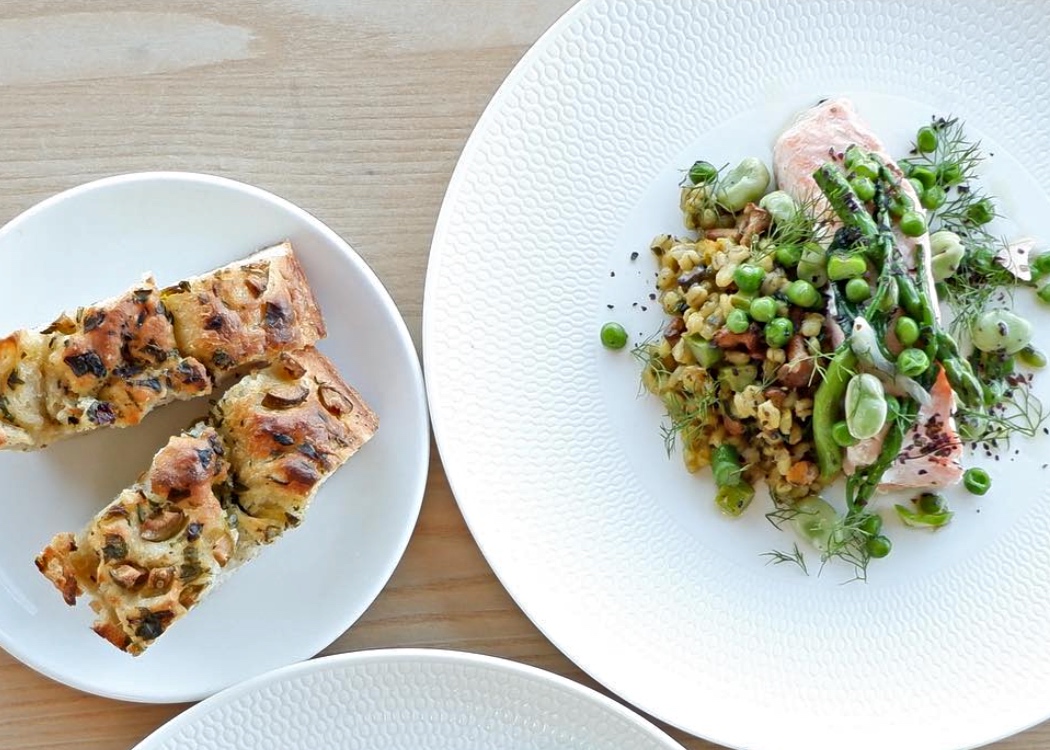
To get there, guests travel up a gravel path flanked on either side by a vegetable garden that rivals Peter Rabbit’s. Upon entering the snug building, two cosy rooms with long tables will greet diners. The décor is minimalistic and unostentatious. With neutral tones and rustic touches such as vases of wildflowers and exposed wood, the atmosphere is reminiscent of a provincial home. A fire blazing in the hearth offers a warm respite from Edinburgh’s often chilly weather. The communal tables seat 10 people each, making them conducive to social dining. The ambiance inside thus mirrors the restaurant’s overall character: simple, classic, no-frills goodness.
Steeped in History
The gothic city of Edinburgh is packed with history and The Gardener’s Cottage is no exception. The building housing the restaurant is, unsurprisingly given its name, a classic stone cottage. Renowned Scottish architect William Henry Playfair, who designed iconic Edinburgh landmarks such as the National Monument and the National Gallery of Scotland, can also take credit for the cottage. Built in 1836, the building was originally home to a royal gardener.
"Within this buzzing city, one restaurant offers a break from the frenzied energy of urban living. The Gardener’s Cottage serves a glimpse of the tranquil countryside, serving up farm to table cuisine that changes with the seasons."
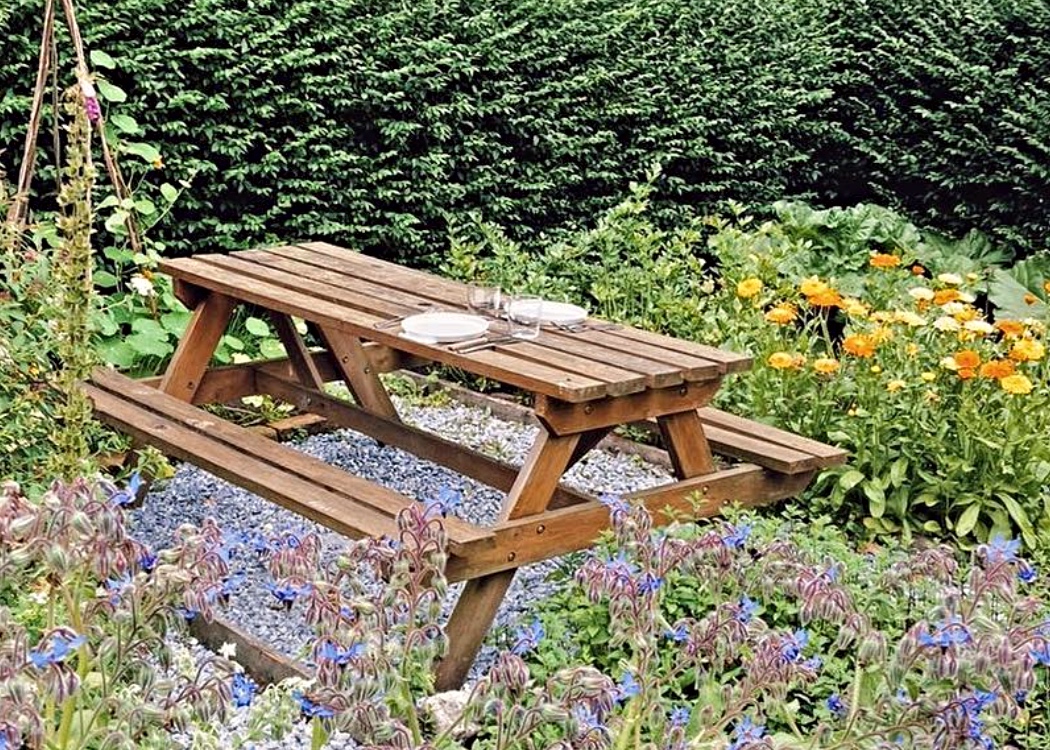
In 2012, 176 years after its construction, the still-standing gardener’s cottage was transformed into ‘The Gardener’s Cottage.’ The name is a clear tribute to the building’s past. Co-owners Edward Murray and Dale Mailley opened the restaurant with the goal of bringing the farm to table concept together with communal dining. Much of the produce used in the dishes created by Mailley, who is also the head chef, is grown in the kitchen garden. Like the building, the original gardens – also designed by Playfair – have been repurposed to bring the freshest and most local food to Edinburgh’s diners.
Farm to Table
While Scotland is often disparaged for its tempestuous weather, noted for extreme gales and torrents of rain, the garden at the Gardener’s Cottage nevertheless thrives in the climate. In the summer months, fragrant cherries and elderflowers grow, filling the air with their perfumes. Heirloom tomatoes in every shade of red, orange, and green populate the garden with colour. Early autumn is the season for robust broad beans and ripe figs. Purple sprouting broccoli thrives in the winter, while spring sees leafy green rhubarb bursting from the ground.
The emphasis on conscious cooking and consuming at the Gardener’s Cottage also extends to their buying practices. Whatever is not able to be grown in the on-site garden is sourced from other local merchants. This means that the produce never travels far and that every ingredient bought and used goes toward supporting locals in the community.
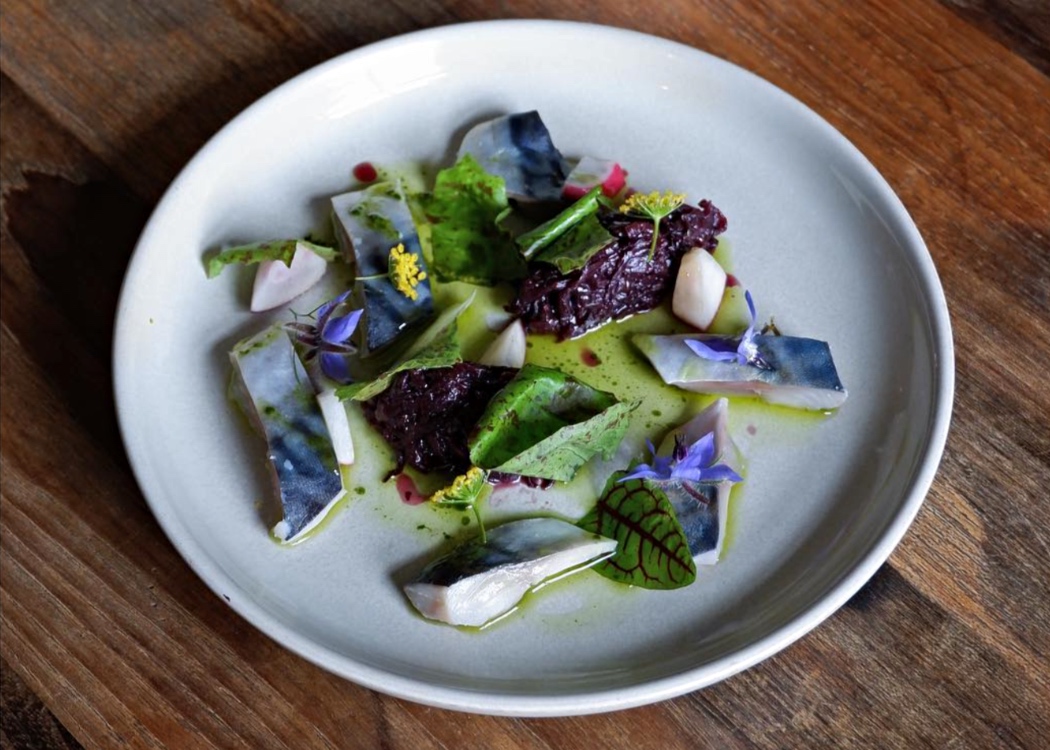
The farm to table movement is not new in Scotland, nor to the founders of The Gardener’s Cottage. At this city-centre restaurant, a garden to table policy is prioritized. The restaurant therefore emphasizes the direct connection between the food being consumed and the land that has engendered it.
"The Gardener’s Cottage uses home-grown and locally sourced produce to create high-quality dishes steeped in the traditions of Scottish cuisine."
Exceptional Cuisine
The culinary creations offered up at the Gardener’s Cottage are constantly evolving. The seasonal nature of the menus allows the chefs to experiment with a myriad of ingredients and preparation techniques. This ensures that they never become stuck in a gastronomic rut and therefore, that diners are never bored.
One oft-used cooking method at the restaurant is smoking. The on-site smokehouse is perfectly in-line with the Scottish traditions that those at The Gardener’s Cottage try to maintain. The smoky, almost peaty flavours achieved via smoking are said to put one in mind of the peaty flavour of the nation’s most famous invention: whiskey.

In addition to smoking their foods, the team also carries out their own pickling process. Not only does this create a uniquely tart taste, but it also helps cut down on food waste. Extra red chilies or an overabundance of herbs never present problems, as they will be preserved and their flavours transformed. Summer produce thus lasts longer and can be utilized in dishes throughout the year, with a vinegary twist.
Menu offerings – changing with the weather – include the earthy winter squash with pungent blue cheese, sweet grelot onions, and aromatic sage for lunch. At dinner, house-made Ravioli al Uovo made with duck egg, is the star, served with the hearty root vegetable celeriac and freshly harvested mushrooms.
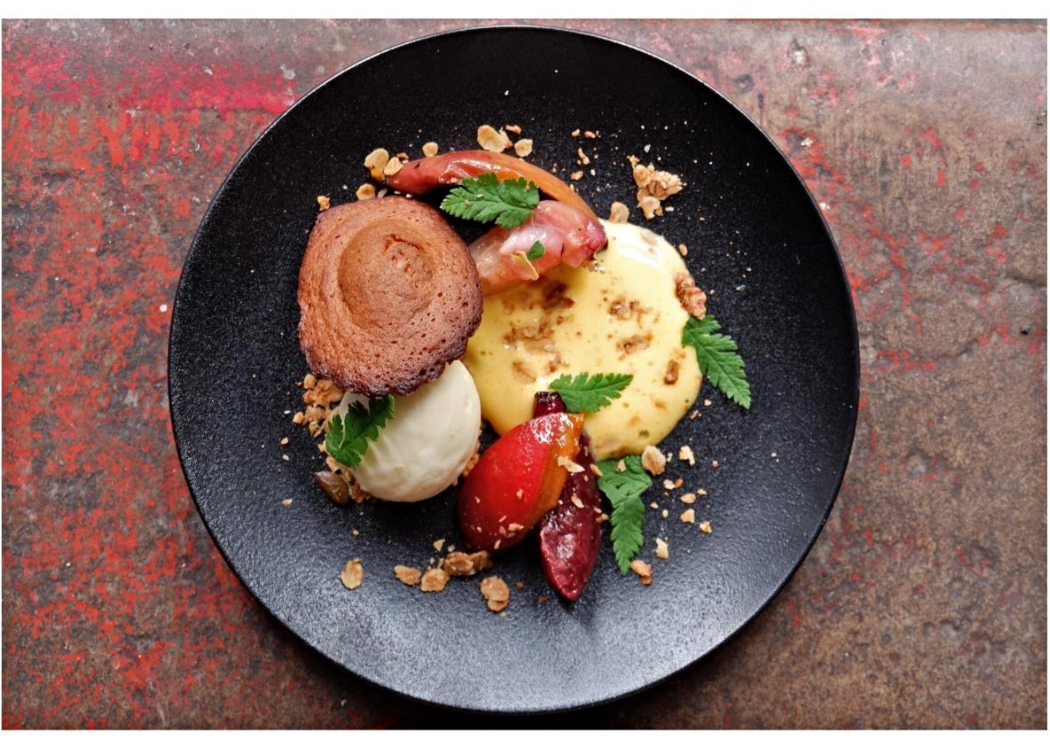
At the end of the multi-course meal, lucky diners will be able to partake in a selection of I.J Mellis’ cheeses from the renowned Scottish cheese mongers. For those with a sweeter tooth, the restaurant provides a unique take on the classic sticky toffee pudding by incorporating garden thyme and porcini into the sugary dessert.
While the menu is set by the chefs, there is still room for choice. The Gardener’s Cottage happily accommodates a variety of dietary preferences, with separate set menus for vegetarians and pescatarians.
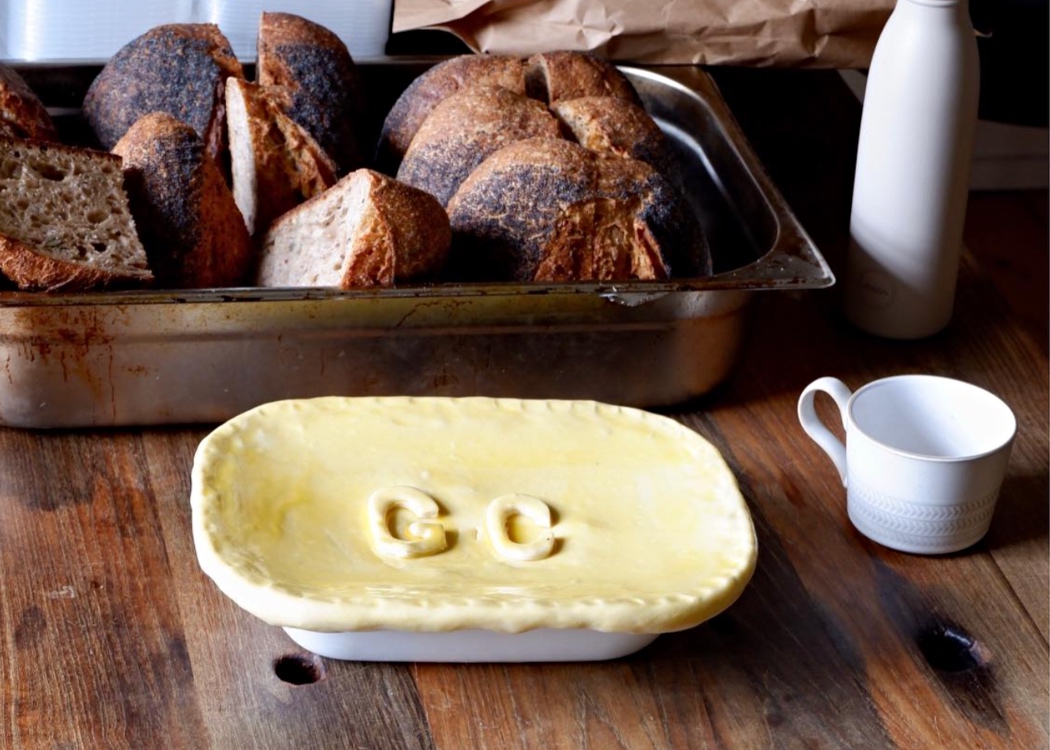
Located just at the base of the famous Calton Hill, the Gardener’s Cottage offers a brief pastoral retreat without traveling out of the city. Combining farm to table dining, a communal setting, traditional Scottish cuisine, and innovative cooking techniques, the dining experience here is as fruitful as the garden that gives life to it.
















